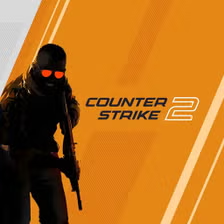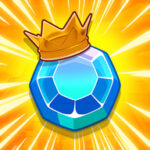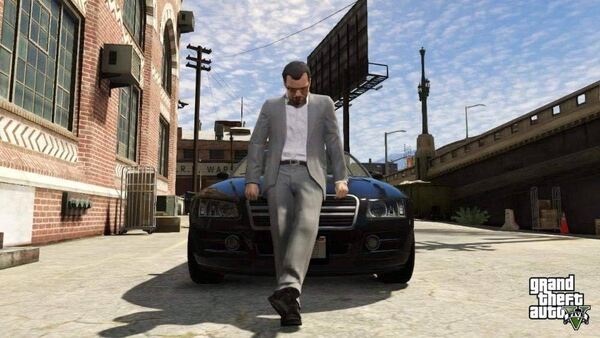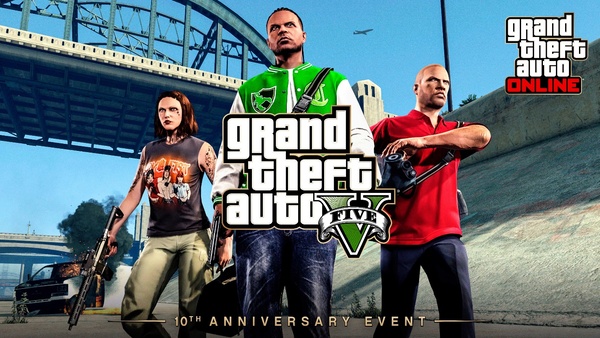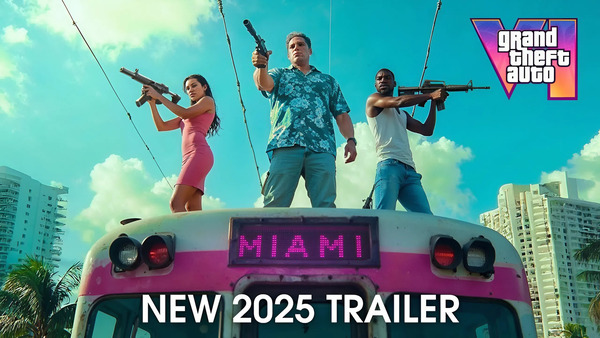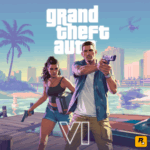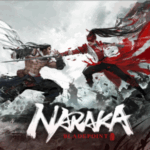Counter-Strike 2: Redefining Tactical Shooters in the Modern Gaming Era
Counter-Strike 2, the long-anticipated successor to the legendary
Counter-Strike: Global Offensive (CS:GO), is not just a visual overhaul — it is Valve’s bold attempt to modernize a genre-defining title without compromising its core identity. Launched on the Source 2 engine, CS2 integrates new mechanics, physics, graphics, and matchmaking systems while maintaining the tactical precision, economy management, and fast-paced action that has made the Counter-Strike franchise an enduring esport for over two decades.
This comprehensive deep-dive examines the evolution, features, gameplay innovations, community impact, and competitive future of
Counter-Strike 2. We’ll also evaluate its pros and cons, providing an expert overview of how CS2 stacks up in the current shooter landscape.
1. From Legacy to Revolution: The Journey to Counter-Strike 2
The Origins of Tactical FPS
The Counter-Strike franchise began as a
Half-Life mod in 1999 and soon evolved into a cultural icon. With each iteration—CS 1.6, CS: Source, and CS:GO—Valve refined the formula, building a loyal competitive player base.
The Need for Change
By the early 2020s, CS:GO, while still highly popular, began to show its age. Valve’s decision to transition to the Source 2 engine promised a new era of technical improvements and a better competitive infrastructure.
Counter-Strike 2 was officially announced in March 2023 and released later that year, replacing CS:GO.
Key Milestones:
- 1999: Counter-Strike mod released
- 2012: CS:GO launches
- 2023: CS2 replaces CS:GO globally
2. Visual and Technical Upgrades with Source 2
Engine Power and Graphics Enhancements
One of CS2’s standout features is its transition to the
Source 2 engine, which brings:
- Better lighting and particle effects
- Volumetric smoke (smoke reacts dynamically to environment and bullets)
- Higher texture fidelity
- Improved map design tools for community developers
Performance Optimization
Despite the graphical leap, CS2 is remarkably optimized. Valve has focused on
maintaining high FPS, essential in competitive shooters, while allowing room for higher-end visuals for those with advanced setups.
Standout Technical Features:
- Sub-tick server updates for improved hit registration
- Responsive smoke grenades and physics
- Refined audio occlusion and sound directionality
3. Gameplay Core: What Has Changed and What Remains
Familiar Yet Refreshed
At its core,
Counter-Strike 2 preserves the familiar mechanics:
5v5 bomb defusal,
economic strategy, and
tight gunplay. However, the updated UI, new animations, and smoother movement make the game feel fresher and more intuitive.
Tactical Enhancements
Dynamic smoke grenades now create opportunities for
more complex tactical plays, and sub-tick servers ensure
better accuracy and feedback in combat scenarios.
Notable Gameplay Changes:
- Revised weapon recoil patterns
- Animated reloading and smoother transitions
- Environmental interaction with utility (smoke, molotov, etc.)
4. Map Overhauls and Design Philosophy
Classic Maps Reimagined
Maps like
Dust2, Mirage, Overpass, Nuke, and Inferno have all received visual and functional upgrades. Valve categorized maps into three tiers:
- Touchstone Maps: Minimal gameplay changes (e.g., Dust2)
- Upgraded Maps: Improved lighting and textures (e.g., Nuke)
- Overhauled Maps: Fully redesigned areas (e.g., Overpass)
Competitive Balance
Map changes are not just cosmetic. Improved
line-of-sight clarity, lighting, and bombsite structure enhance gameplay balance and reduce visual clutter, ensuring
fair engagements.
Popular Updated Maps:
- Dust2: Improved visibility, retextured
- Mirage: Polished layout and cleaner geometry
- Overpass: Fully rebuilt on Source 2
5. Weapons, Skins, and the Economic Meta
Arsenal Adjustments
All classic weapons return, with
new sounds, animations, and bullet physics. Some changes to recoil and weapon cost are meant to re-balance the meta, encouraging varied loadouts.
Skin Economy Preserved
Valve made a key decision to
preserve players' CS:GO inventories. All skins, stickers, and gloves are carried over to CS2 with upgraded textures and lighting models.
Updated Economy Considerations:
- Kill rewards and utility cost balancing
- Eco and force-buy dynamics remain vital
- Skins retain real-world trading value
6. The New Matchmaking and Anti-Cheat Infrastructure
Overhauled Matchmaking
Valve introduced
Premier Mode, a new ranking system that uses a more precise
ELO-style rating instead of the traditional CS:GO rank icons. Matchmaking is now:
- Region-based for lower latency
- Ranked by visible numerical scores
- Skill-assessed with better accuracy
VAC Live: The New Anti-Cheat
CS2 introduces
VAC Live, a real-time anti-cheat tool capable of
instantly terminating matches upon detecting a confirmed cheater. This ensures integrity for competitive play and public matchmaking.
System Improvements:
- Trust Factor-based matchmaking still active
- Frequent updates to counter third-party cheats
- Enhanced reporting and detection tools
7. Esports Transition and Competitive Scene
Smooth Shift from CS:GO to CS2
Esports organizations and tournament organizers began transitioning to CS2 as early as late 2023. Valve ensured that professional players had early access to test maps, practice mechanics, and adapt to the new meta.
Major Tournaments and Viewership
CS2 has already been featured in:
- IEM Katowice 2024
- ESL Pro League Season 19
- PGL Major Copenhagen 2024
Viewer numbers remain strong, proving that the
competitive appeal of Counter-Strike is alive and well.
Competitive Highlights:
- Tactical meta deepened with utility changes
- Pro teams adjusting strategies around dynamic smokes
- Shot accuracy and recoil mastery remain key
8. Community Modding and Workshop Integration
Empowering the Modding Community
Thanks to Source 2’s
level editor and tools, community-made maps and game modes are thriving. Valve continues to encourage Workshop content, which fuels innovation in casual and custom servers.
Custom Game Modes
From
surfing and zombie mods to
aim trainers and 1v1 duels, the flexibility of CS2 ensures that players can enjoy non-competitive modes as well.
Community Tools:
- Improved Hammer Editor for map design
- Workshop integration with enhanced lighting tools
- Custom server support and matchmaking filters
9. Future Roadmap and Valve’s Long-Term Vision
What Lies Ahead
Valve plans to add:
- More legacy maps (Cache, Train, Cobblestone)
- New game modes (Arms Race, Danger Zone reworks)
- Expanded Premier competitive seasons
- Esports integration tools for broadcasters
Player Expectations
The community continues to request:
- Improved coaching features
- Demo viewer with tagging
- Cross-platform statistics tracking
- Support for regional esports ecosystems
Long-Term Potential:
- Strong foundation for the next 10 years of tactical FPS
- Potential expansion into VR and mobile ecosystems
- A model for future FPS game development
Conclusion: Counter-Strike 2 Is the Tactical Shooter Reimagined
Counter-Strike 2 is not just a sequel—it is a
re-engineering of a competitive masterpiece. It honors the legacy of the franchise while introducing modern technology, mechanics, and infrastructure that set a new standard for tactical shooters. Whether you are a long-time fan or a new recruit, CS2 offers a gameplay experience that is precise, intense, and deeply rewarding.
While not without its growing pains, Valve has laid a powerful foundation. With its robust esports scene, thriving community, and ongoing development,
Counter-Strike 2 is poised to lead the FPS genre for years to come.
